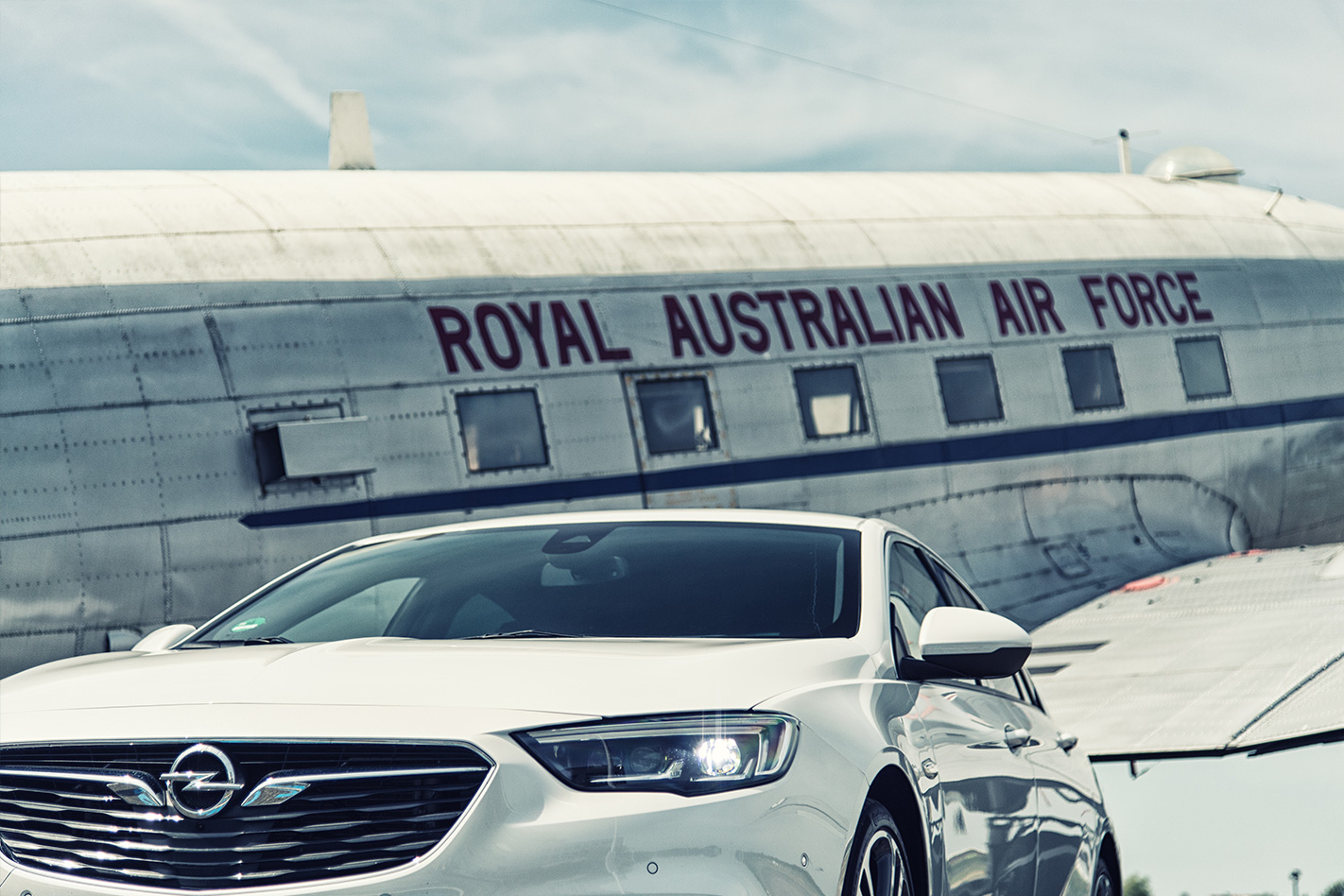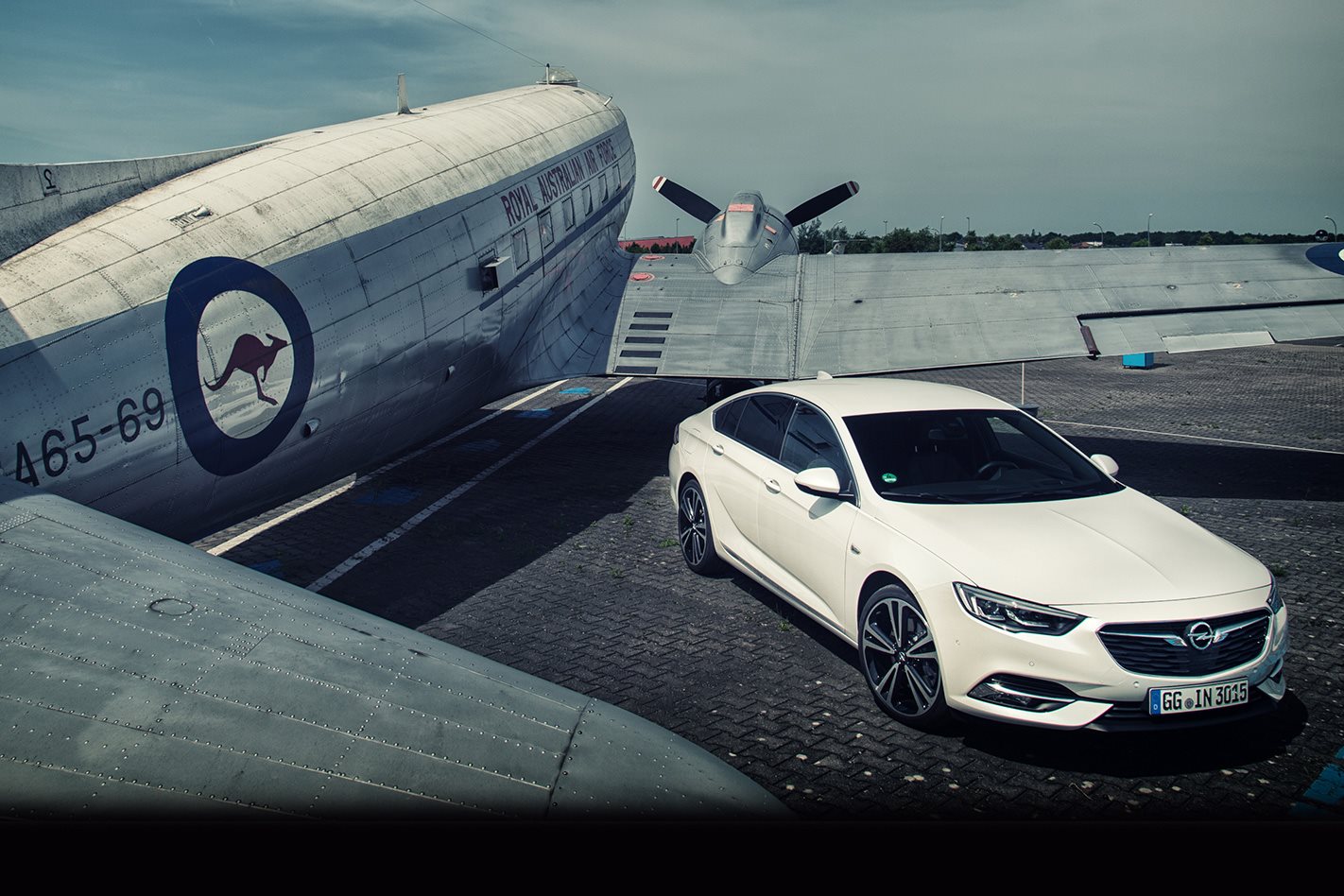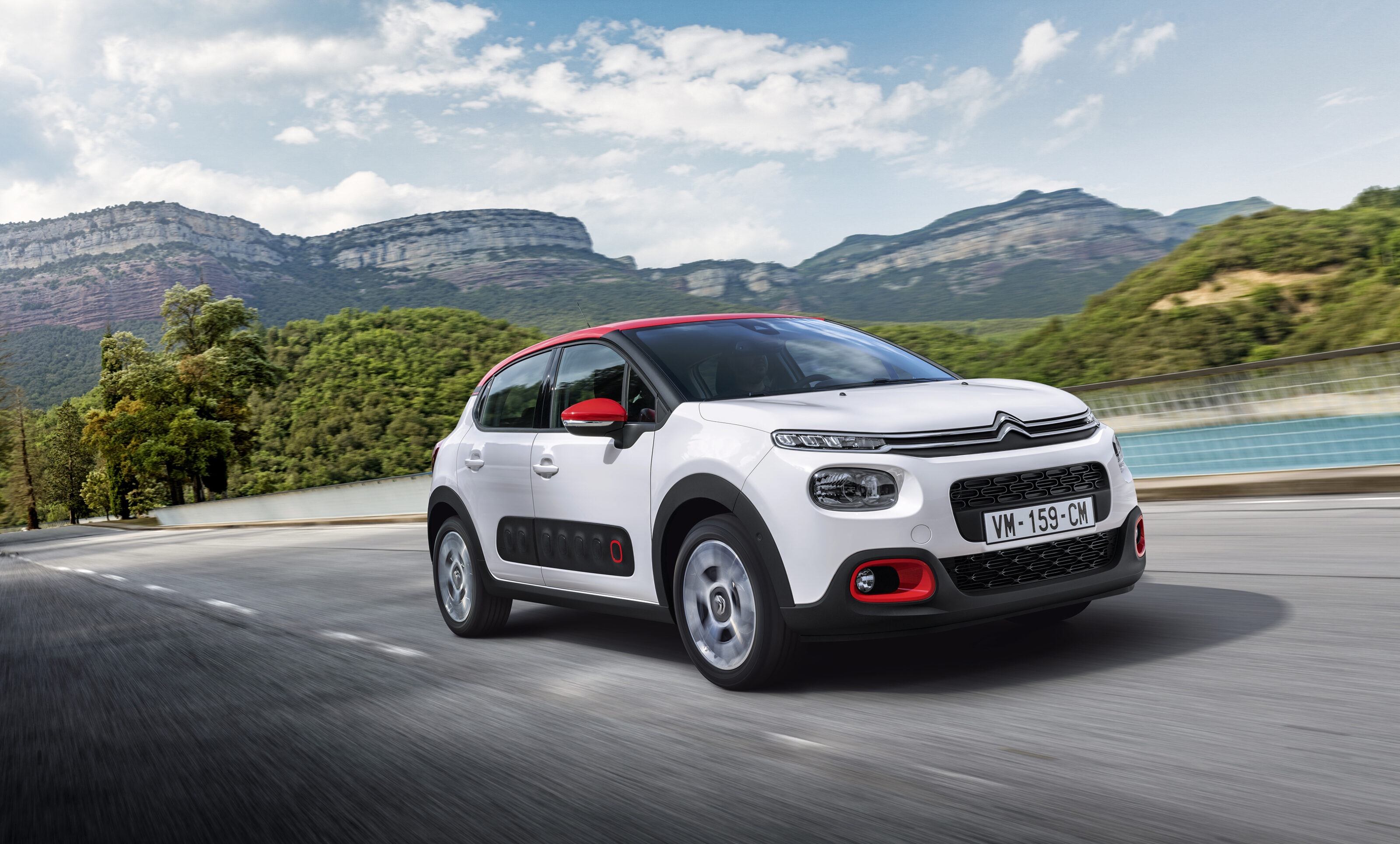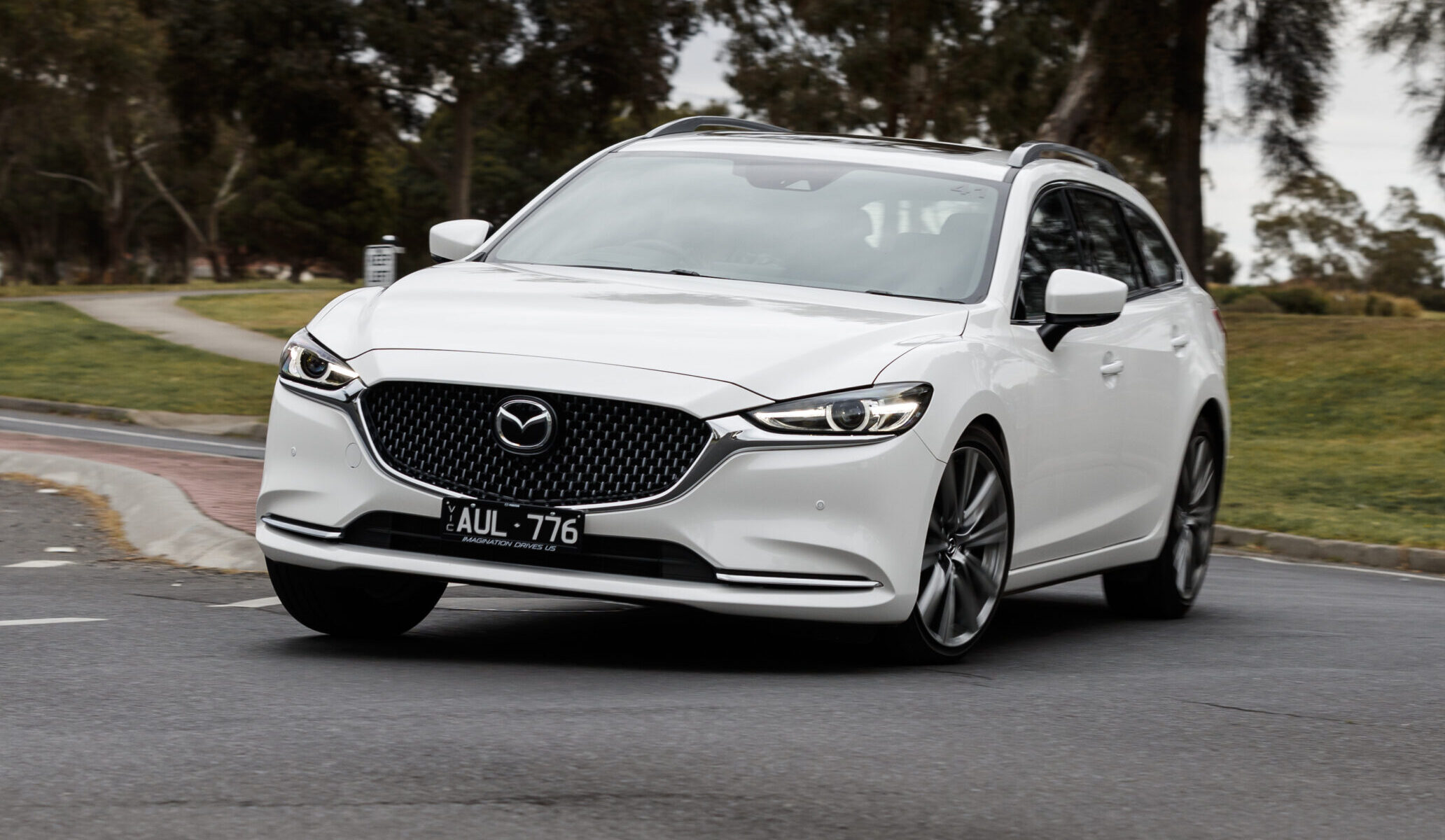BLINK at the wrong second on the A20 Autobahn and you’ll completely miss the border that divides the northern German states of Schleswig-Holstein and Mecklenburg-Vorpommern.
These days there’s no obvious difference on either side, a vista of fields and wind turbines with the boundary nothing more than a blurred signpost. In the Opel Insignia, we don’t even have to lift off, crossing at close proximity to the 130km/h speed limit.
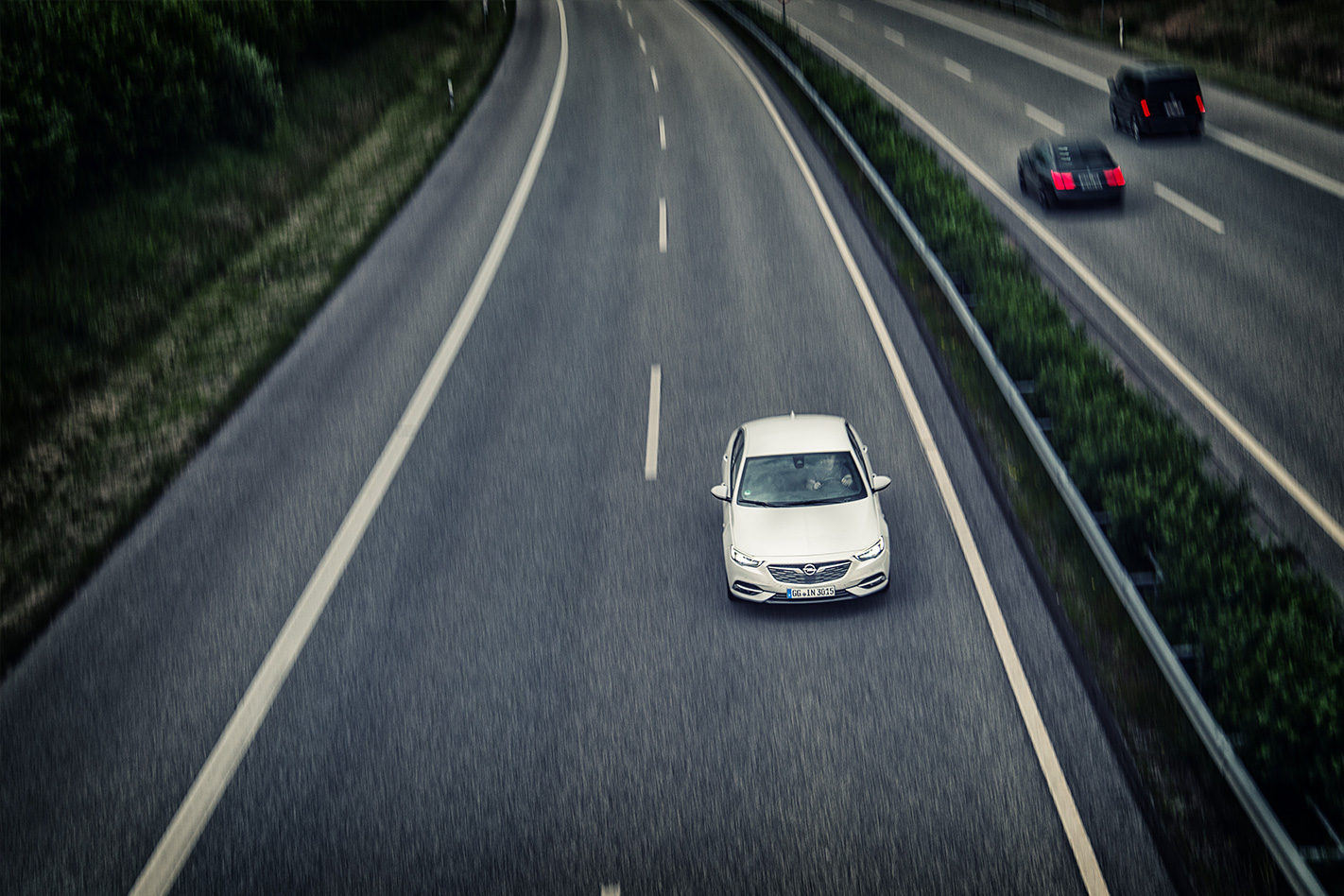
Not to mention armed guards with standing orders to open fire on anyone entering the ‘death strip’ between both sides, even if it was one of their own comrades. This wasn’t a border to keep people out, rather a prison wall built to prevent the population of the DDR fleeing to the rich, decadent west. This was how mad the Cold War was.
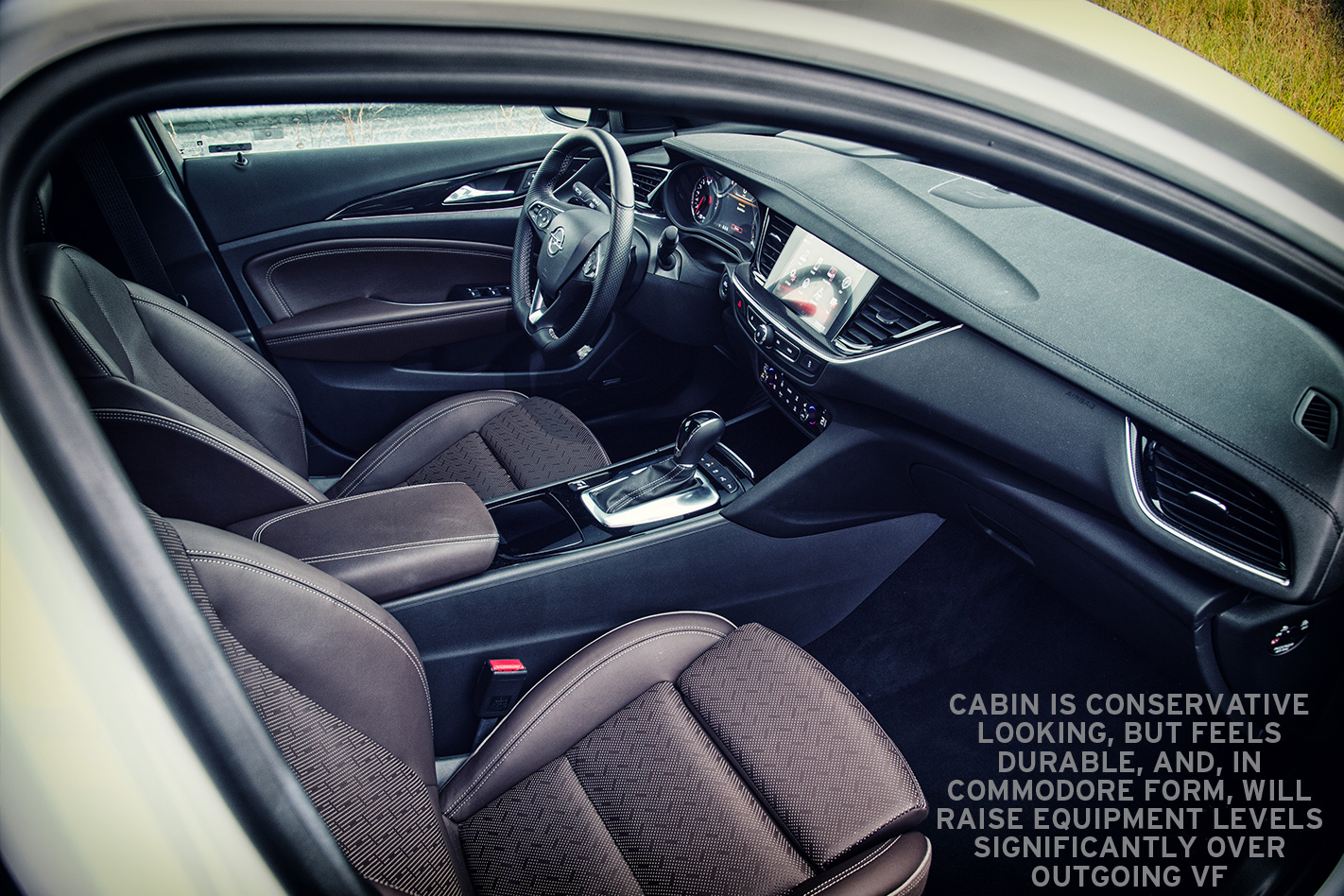
This was the Aussie contribution to the Berlin Airlift, the biggest airborne logistics operation in history and the one that stopped the former German capital from being starved into submission by the Soviets. The Americans and British started the airlift, but the Australians were involved from the beginning, with several RAAF crews based in England being seconded to flying duties. As the blockade continued towards the winter of 1948, when the need for supplies would increase further, the Australian government volunteered to send ten crews to fly British Douglas C-47 Skytrains as an official RAAF mission, dubbed ‘Operation Pelican’ in apparent reference to the bird whose “beak can hold more than his belly can.”
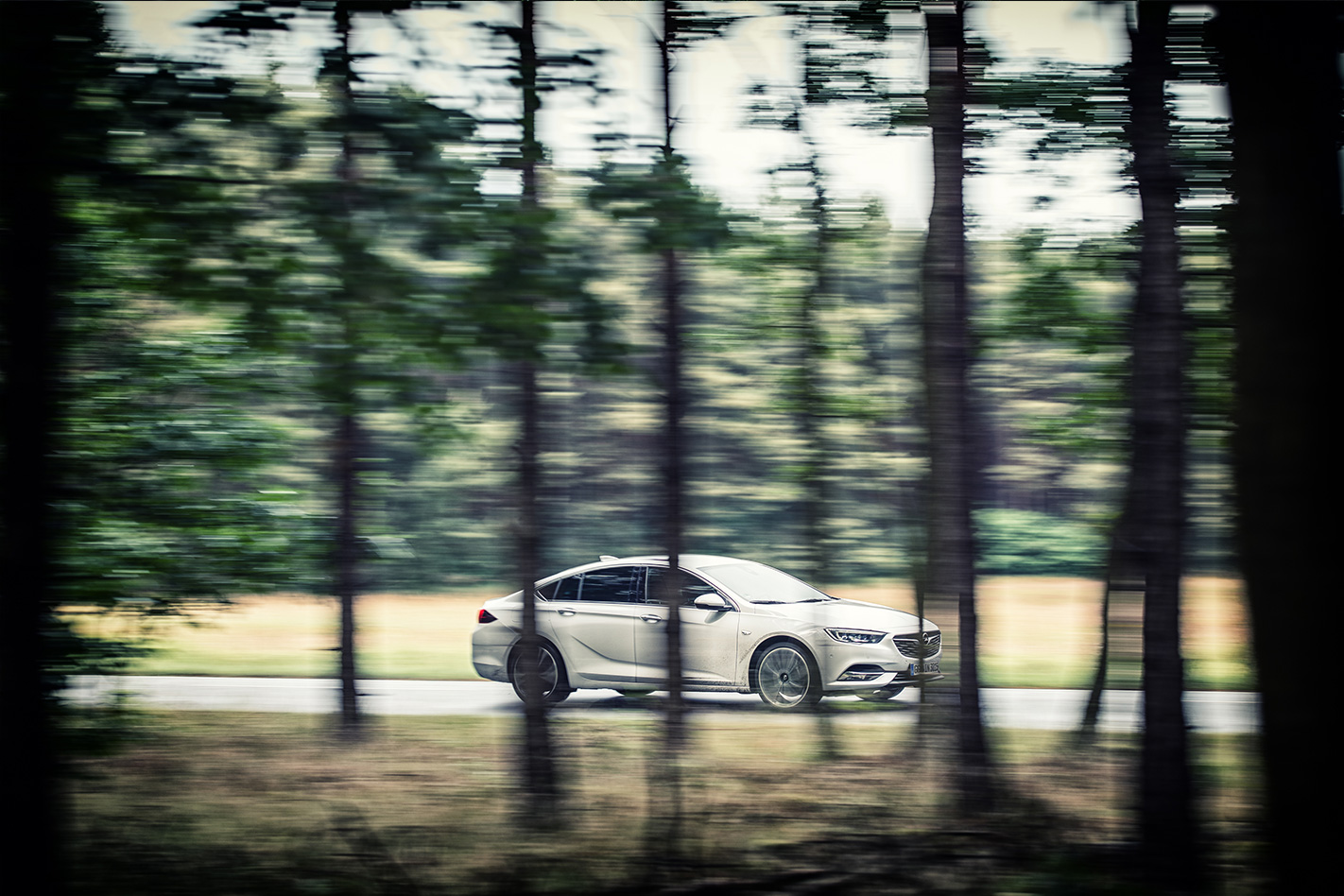
GM’s recent sale of its European operations to PSA adds another complicating factor. The taxi driver who takes me from Frankfurt airport to the vast factory tells me he’s already taken three separate groups of serious-looking French executives to the plant, with locals predicting the merger is set to lead to big cuts soon.
“Opels are good cars,” he opines from the driver’s seat of a battle-scarred E-Class taxi, “but people don’t want to buy them.”
Yet the new Insignia could be a hit.
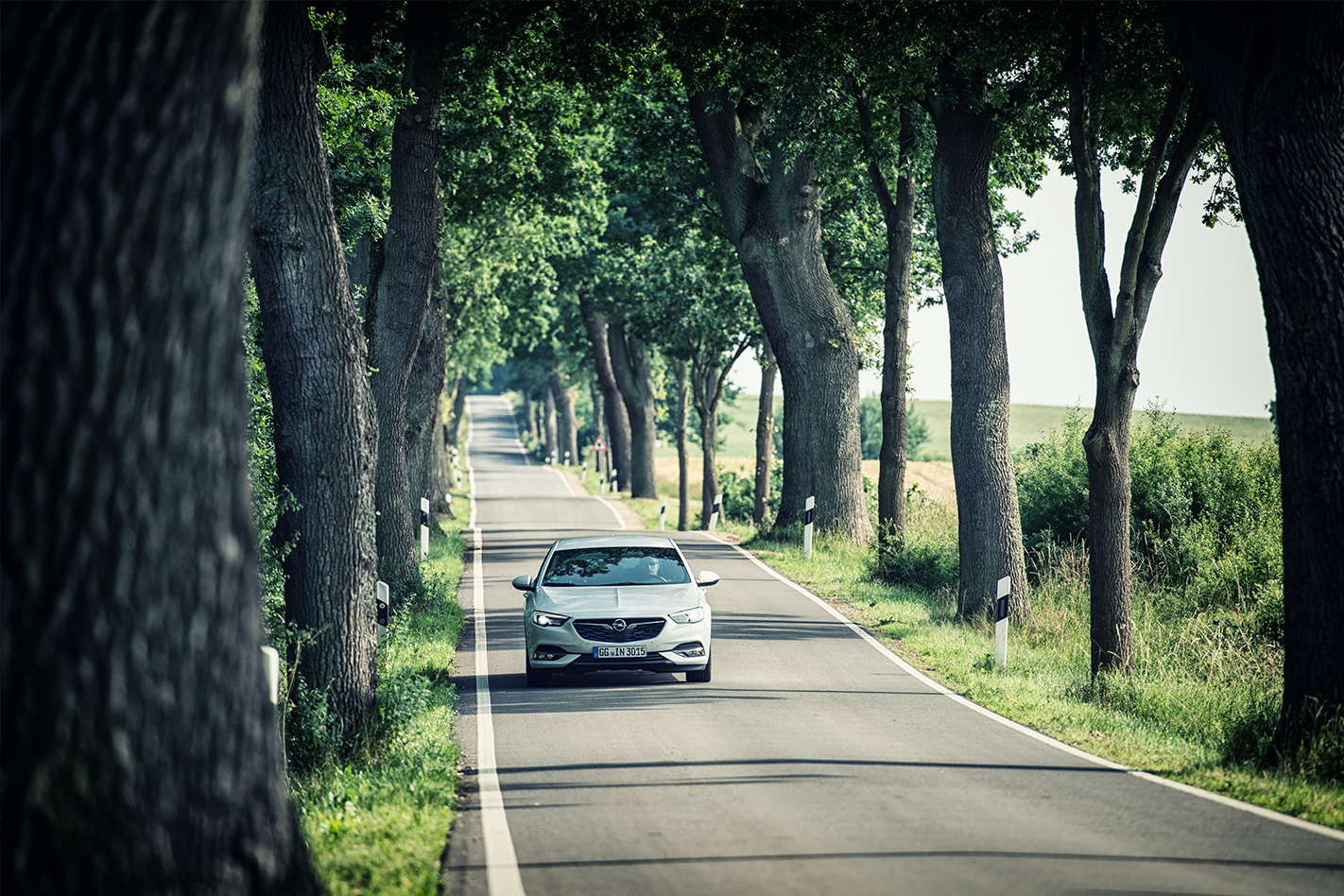
Holden is predictably keen to point out that, as we’ve detailed before, much about the Insignia is going to change before it reaches Australia next year; it’s more than knocking off the lightning badge and replacing it with a lion. Australian cars will get a unique suspension tune and the option of the V6 engine denied to Europeans, plus several other spec changes. But much will remain the same, including the drivetrain option fitted to my German test car – the 191kW 2.0-litre turbocharged four, paired with the optional torque-vectoring all-wheel-drive system.
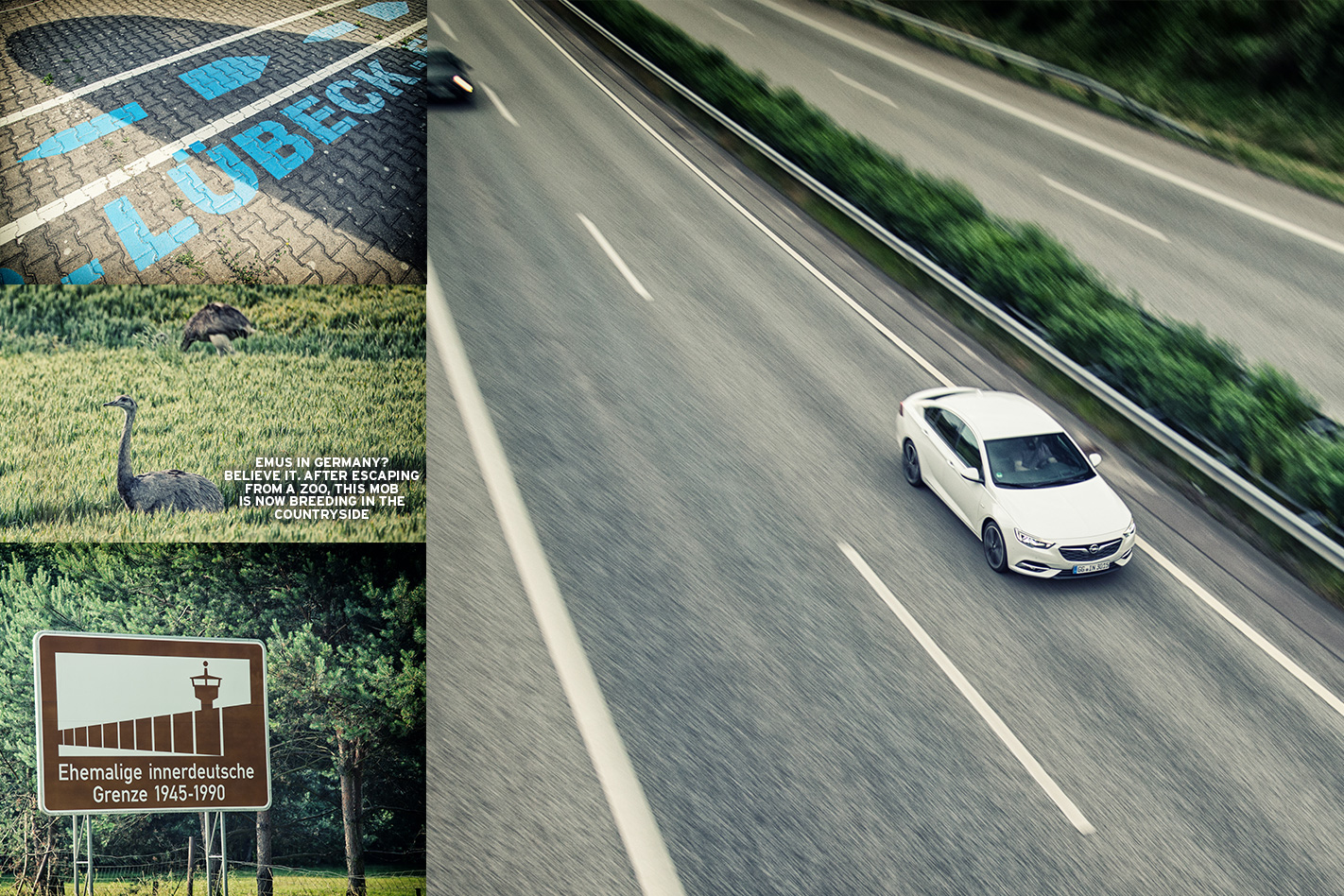
While Lubeck is a beautiful city, its airport definitely isn’t one of the star attractions. As an RAF base, this was where Operation Pelican flights started from – less than 10km from what was then the Soviet sector. It was turned over to civilian use in the 1990s, but even the low-cost airlines that flew from it have abandoned it now. The carparks are filled with nothing more than weeds, although the automatic doors to the terminal still slide open when you approach them. Inside the departures board is completely blank. A small plaque commemorates the fact that the RAAF flew 2062 sorties from here to Berlin during the airlift.

The weather soon clears, as does most of the Autobahn traffic. Even 27 years after reunification the former DDR is still noticeably poorer and less well populated than the rest of Germany, which – on a derestricted Autobahn – is a positive advantage. Passing the triple striped sign that shows no limits apply with practically nothing in view to the distant horizon gives a chance to find out what it’ll do.
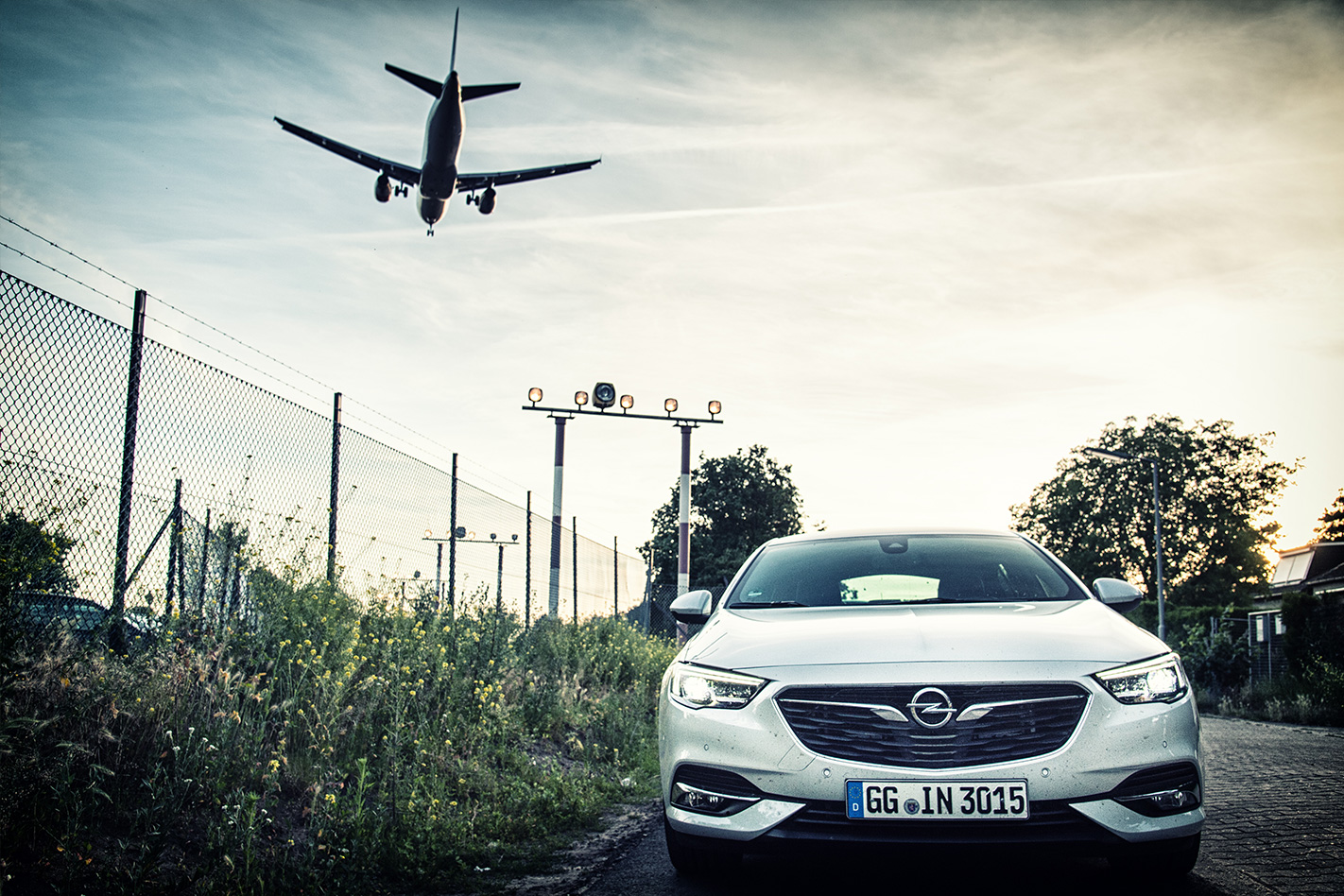
The car tops out at an indicated 248km/h, just shy of the official 250km/h speed limiter; it might have gone faster, but a distant truck seems to be contemplating a lane change. At top speed the Insignia’s body control starts to waver, but switching the dampers into their firmer ‘Sport’ setting calms proceedings down nicely. Four-kays a minute, and not a single law broken.
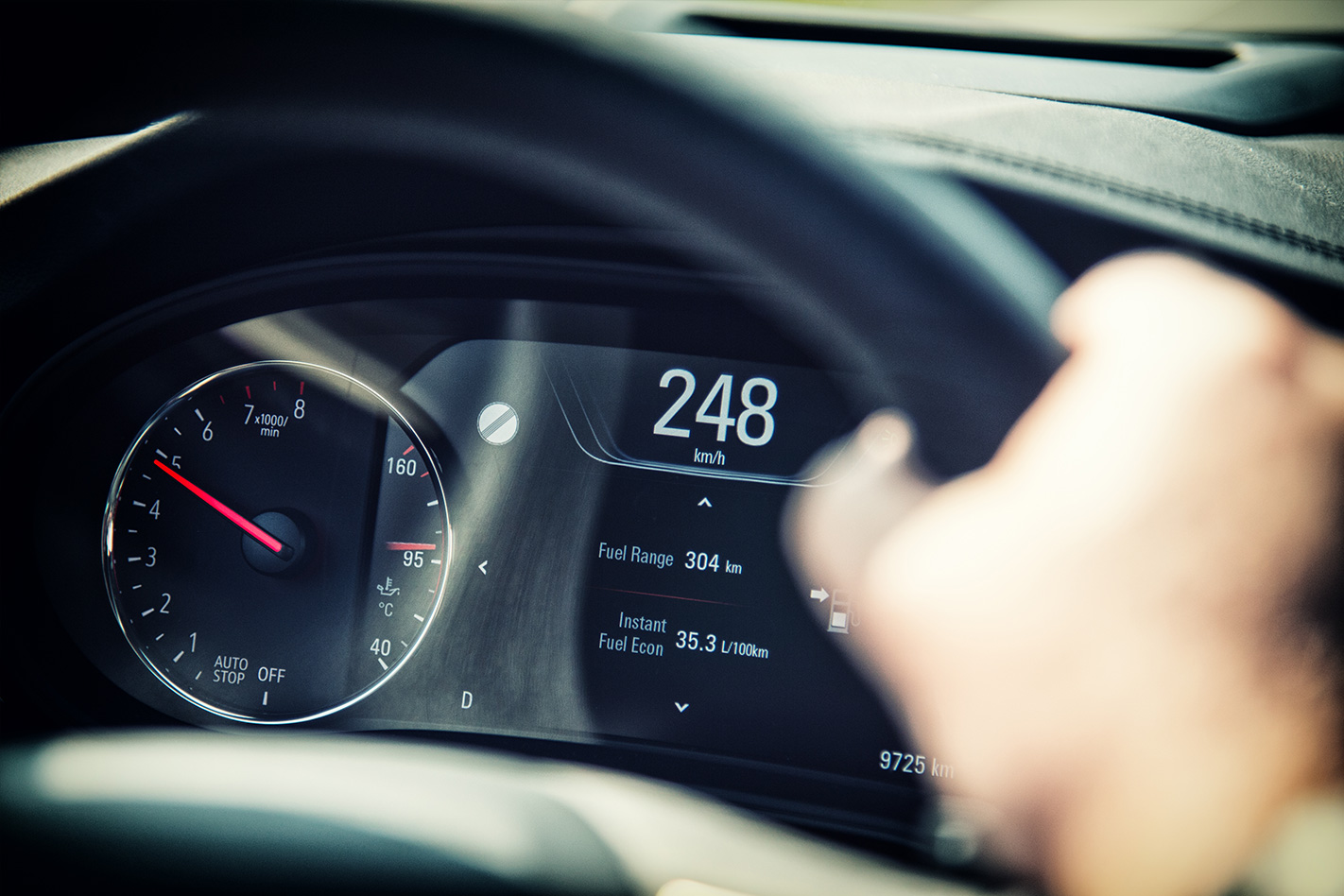
The Insignia makes it to Berlin without breaking a sweat. It’s a good cruiser, a great gentle-pace car, comfortable and quiet while travelling at a decent clip, pliant and easy to drive in town. We stop off at the remaining bit of the Berlin Wall, put up considerably after the airlift but still the most striking emblem of this once-divided city. It’s a beautiful summer’s evening and the city is crowded with young people enjoying both sun and beer.
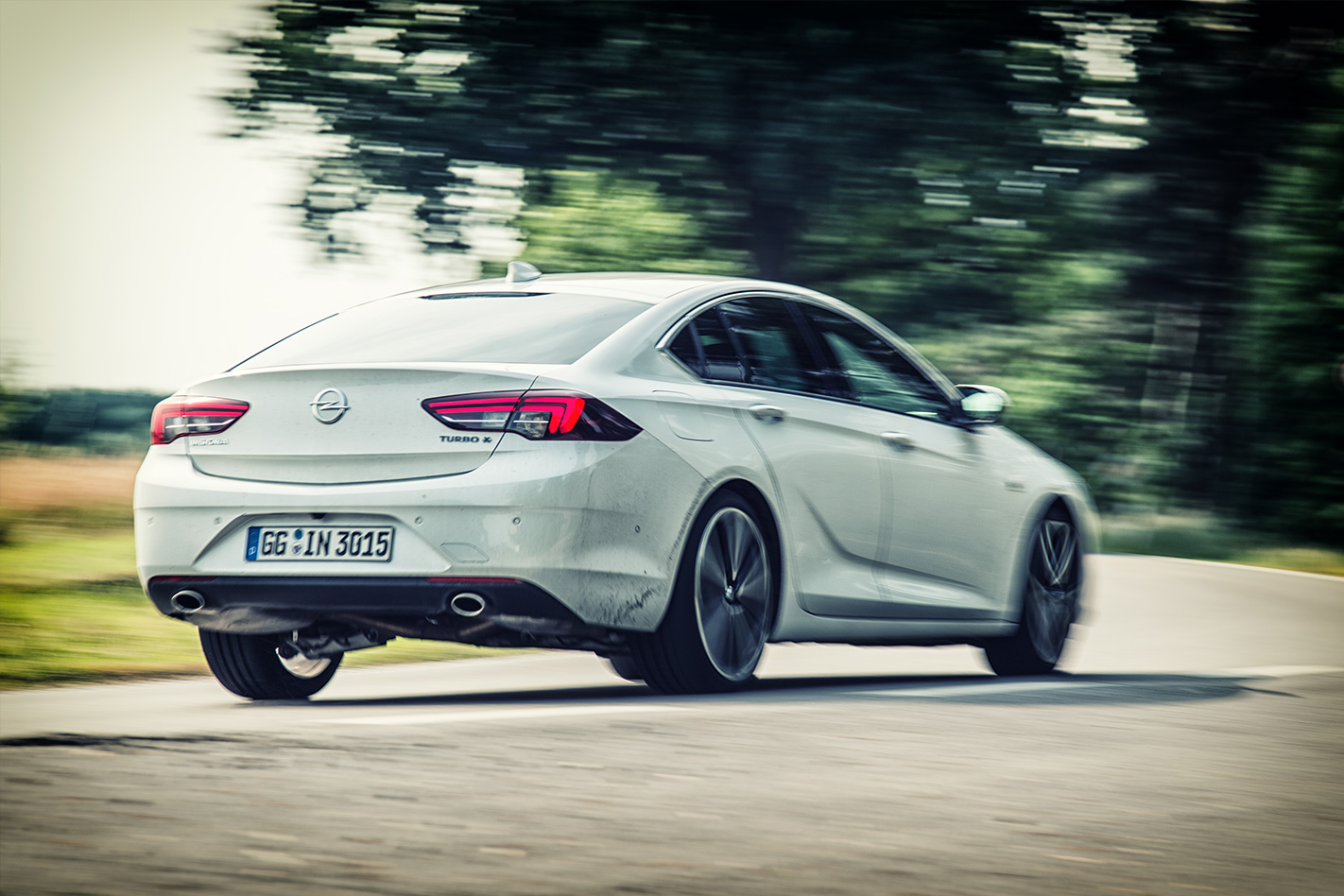
It’s being driven by a bloke called Rene who says he restored this former military Trabi to something close to its former glory and drives it around as a rolling celebration of the DDR. Rene was 21 when the wall came down, and says he still mourns the end of the Communist regime.
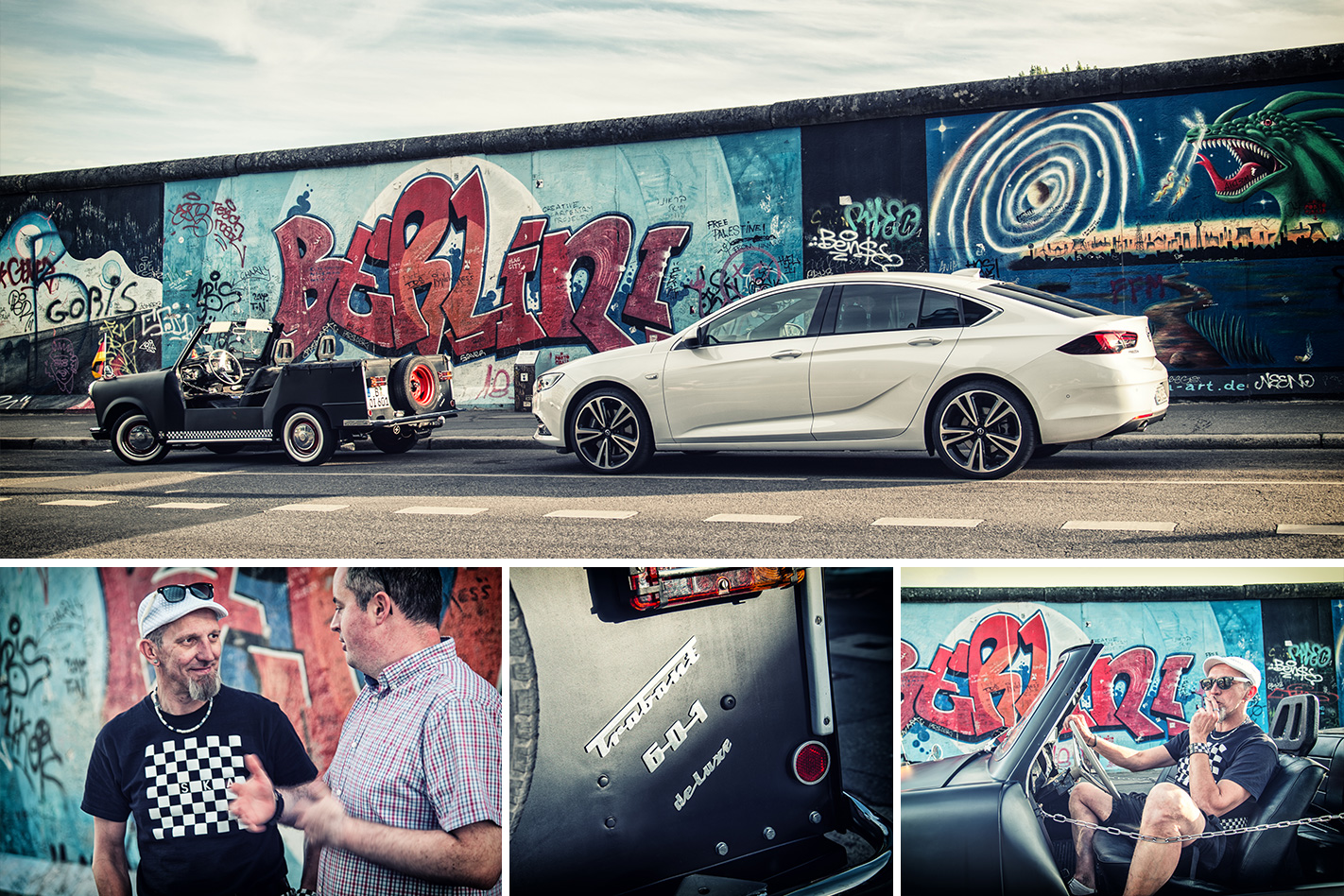
After a night in a hotel with an underground car park that seems to have been designed to accommodate nothing bigger than a Trabant, it’s time to visit Tempelhof. This is the massively over-the-top airport that the Nazis built right in the centre of Berlin, and is one of very few buildings designed by Hitler’s pet architect, Albert Speer, to have survived the war.
It’s certainly impressive, the main building being 1.2km long and arranged around a massive quadrant. It closed as an airport in 2008 and there’s the strong sense the city doesn’t really know what to do with it – some of the offices are in use, but most are standing empty, and a male strip club for the ladies called ‘SIXX PAXX’ has set up next to the main departures hall. There’s also a concrete memorial to the pilots who died in the airlift – the number includes one Australian, Flight Lieutenant Mel Quinn, who crashed near Lubeck in March 1949 while serving with the RAF.
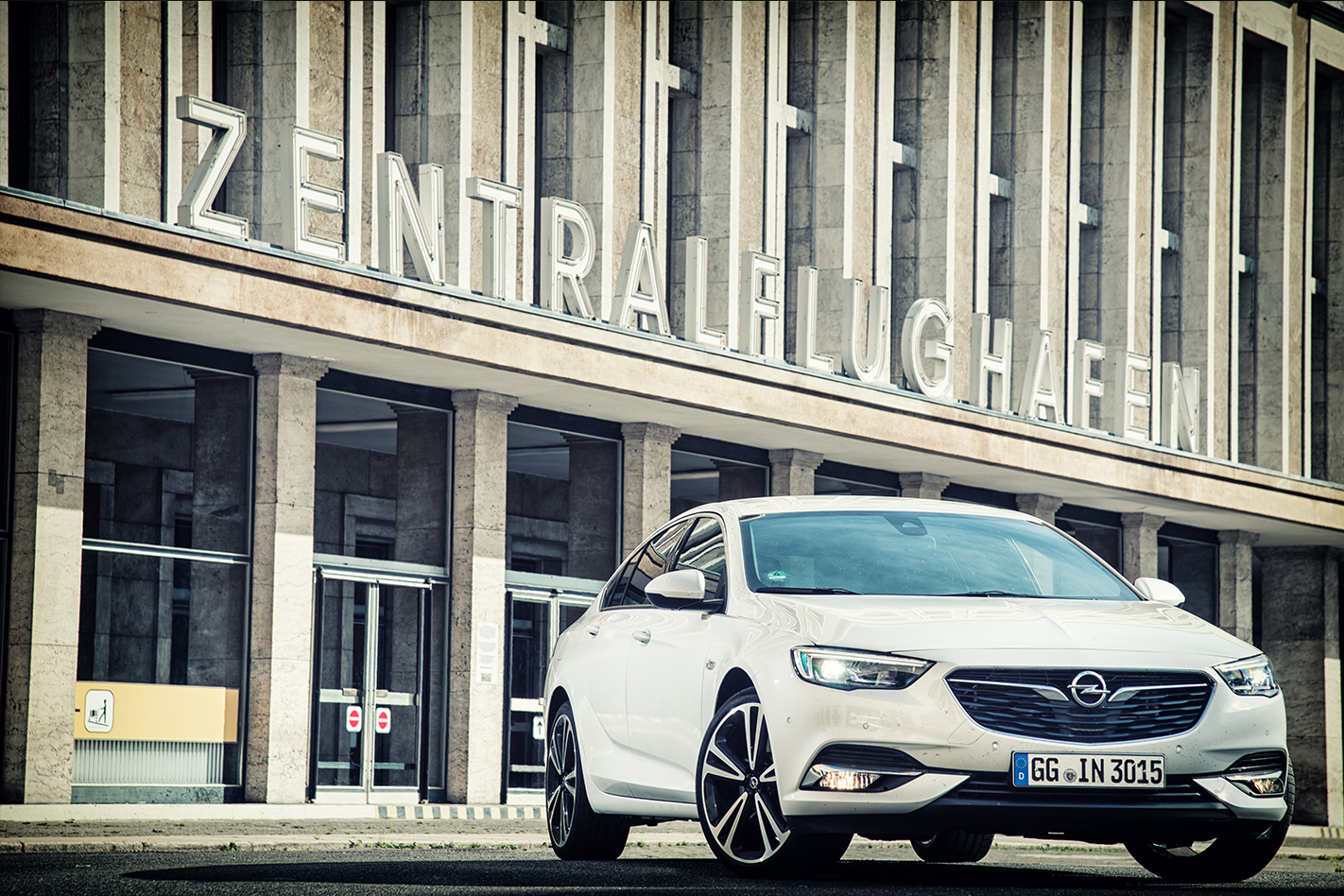
Looping into the Brandenberg countryside gives the Insignia a chance to show how it copes with tighter and twistier roads. The answer is with a similar degree of competence as on the Autobahn, but with little apparent enthusiasm. Grip levels are high and responses are accurate, but the steering is a feel-free zone and despite featuring the same torque-splitting ‘Twinster’ rear axle as the Ford Focus RS, there’s no sense of any playful nature under harder use; the system fights understeer without adding any rear-endy excitement.
At Gatow a twin-engined silver plane sits next to the former control tower. A closer look reveals the distinctive kangaroo roundel and the legend ‘ROYAL AUSTRALIAN AIR FORCE’ above its windows.
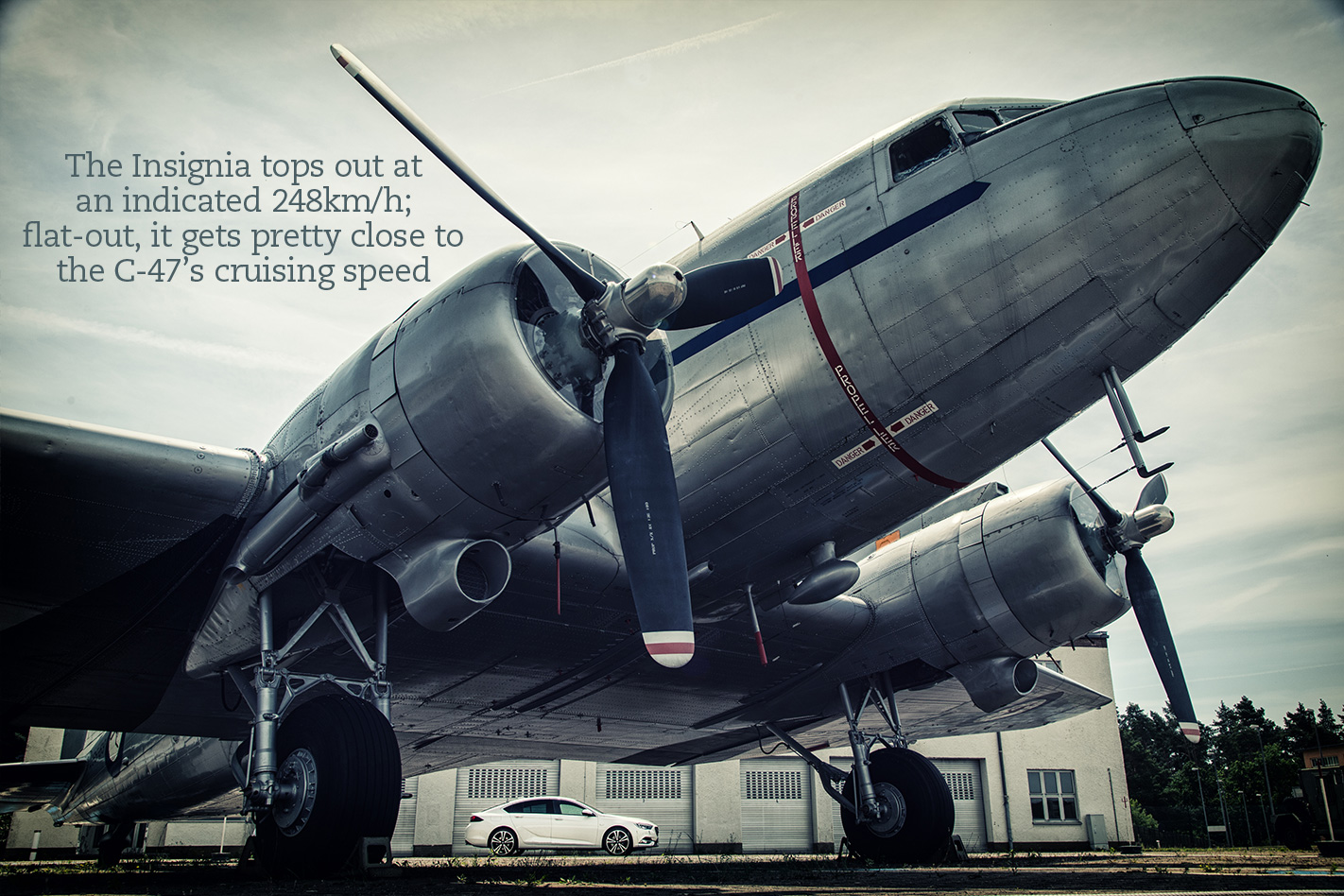
We’ll swerve the controversy about a predominantly front-drive German-built Commodore for now, but the Insignia offers a fine basis for its Holden offshoot.
GM Europe might have saved its best for last, the Insignia certainly feeling much more convincing than any of PSA’s own similarly sized offerings. It’s short on driving thrills, but the basics are all good.
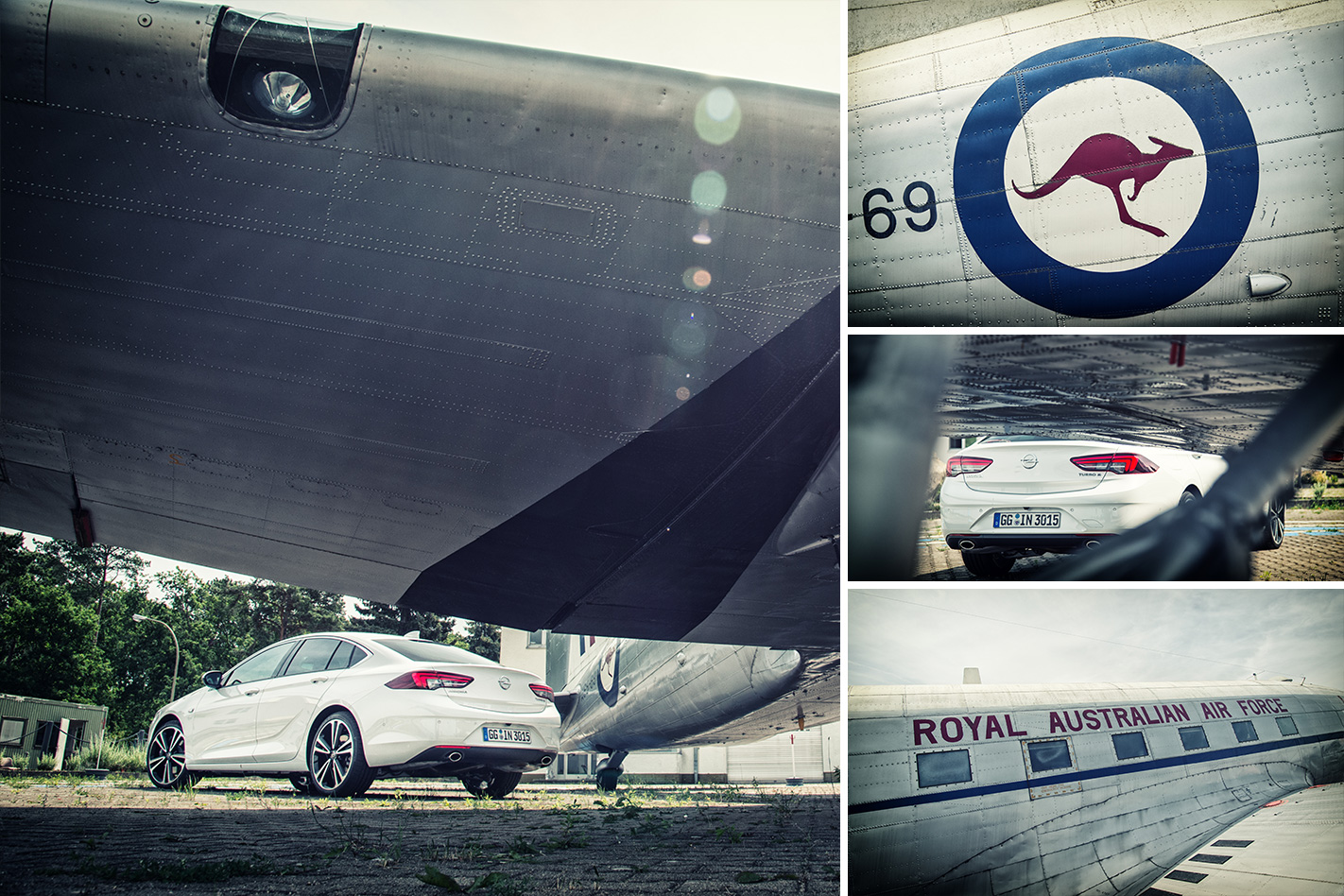
Proof, if we’re taking a moral here, that cooperation in the face of adversity can produce remarkable success.
